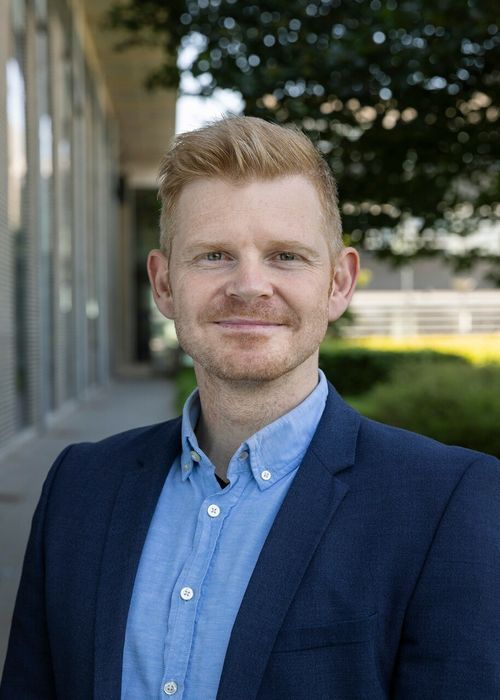Training capacity ramp up required for U.S. offshore wind
Over 25,000 workers will need industry-recognized safety training to meet 9.1GW installations to 2025

Forecasts for offshore wind installation on the East Coast of the United States of America point to an immediate need for investment in standardized safety and technical training, new figures reveal .
Global Wind Organisation (GWO), the industry-owned non-profit responsible for wind technician training standards, has forecast that over 25,000 people will require the basic entry-level standard training to work on offshore wind turbines over the next five years (Source: GWO/GWEC Global Wind Workforce Forecast 2021-2025).
The training is essential for jobs in construction, installation, operation, and maintenance segments of the wind power value chain, and does not cover jobs in procurement, manufacturing (the most labor-intensive segment) or transport.
Dan Ortega, North America Representative at GWO, explained: “The United States’ offshore wind pipeline includes several projects entering next stage development and 9.1GW by 2025.

“Many training providers have already responded to demand by certifying to GWO standards , but investment must pre-empt development and be ready to deliver as soon as foundations begin to be placed in our waters.”
A pipeline of almost 100 community colleges, maritime academies, and universities from across North America are actively seeking certification to provide these wind industry recognized GWO standards.
“Together, these institutions will help deliver safety on the job, reduce duplication in training and improve the productivity of tens of thousands of people working on wind turbines offshore inthe U.S.,” said Dan.
Wesley Witt, Head of Quality Management and HSE, Americas region, Siemens Gamesa Renewable Energy (SGRE) and Chair of the GWO North America Committee, said: “Manufacturers and owner operators have created GWO standards to work safely according to the known risks and hazards they face every day. Our forecasts are based on experience from established markets in Europe and provide clear guidance of the scale of this task. I hope that our schools and colleges can meet the needs of this growing industry and recognize the long-term opportunity we share by keeping our workforce safe, to return home to their families.”





